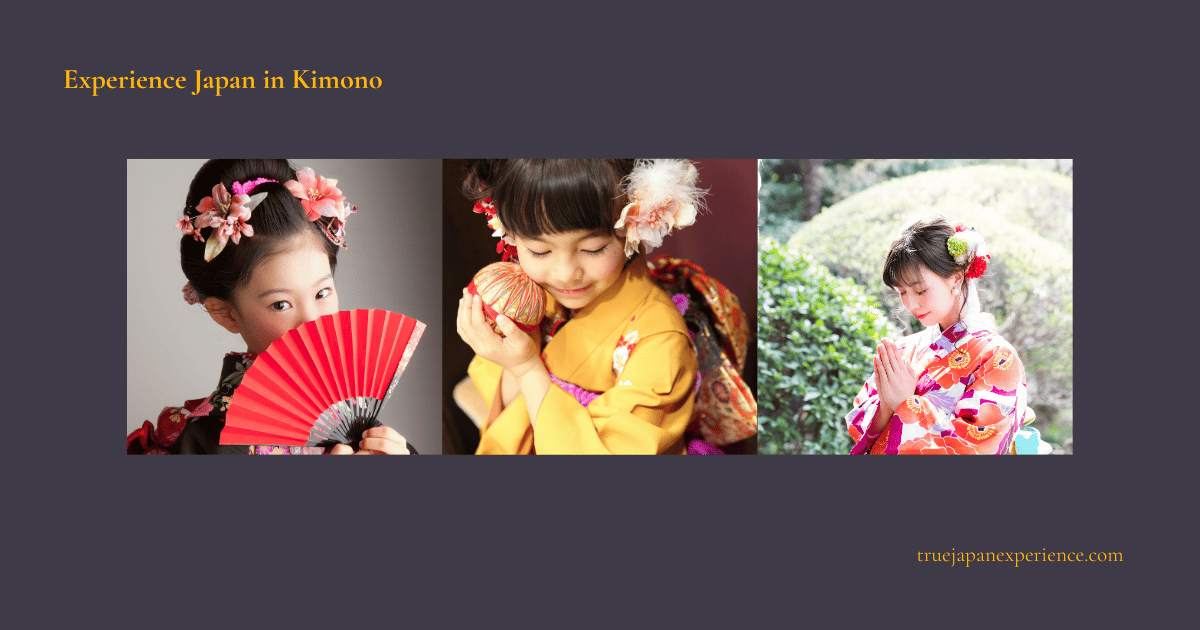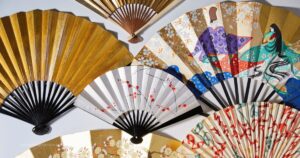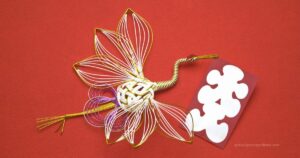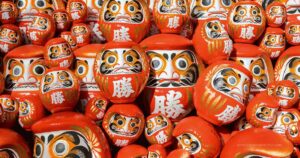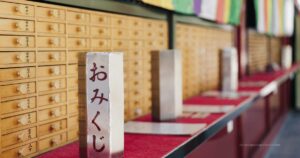Wearing a kimono during your visit to Japan is more than just a photo opportunity—it’s a chance to feel the elegance of Japanese tradition while exploring beautiful streets and temples. With more and more rental shops offering easy, foreigner-friendly services, it’s now simpler than ever to enjoy this cultural experience without stress.
In this guide, we’ll show you how to enjoy kimono rental comfortably and respectfully. From dressing tips to walking techniques, we’ll also share a little of the meaning behind the kimono to make your day even more memorable.
Why Try a Kimono in Japan?
Many travelers say that wearing a kimono changes how they see and feel Japan. You slow down, become more aware of your surroundings, and experience something truly local.
Where to Enjoy Kimono Rental
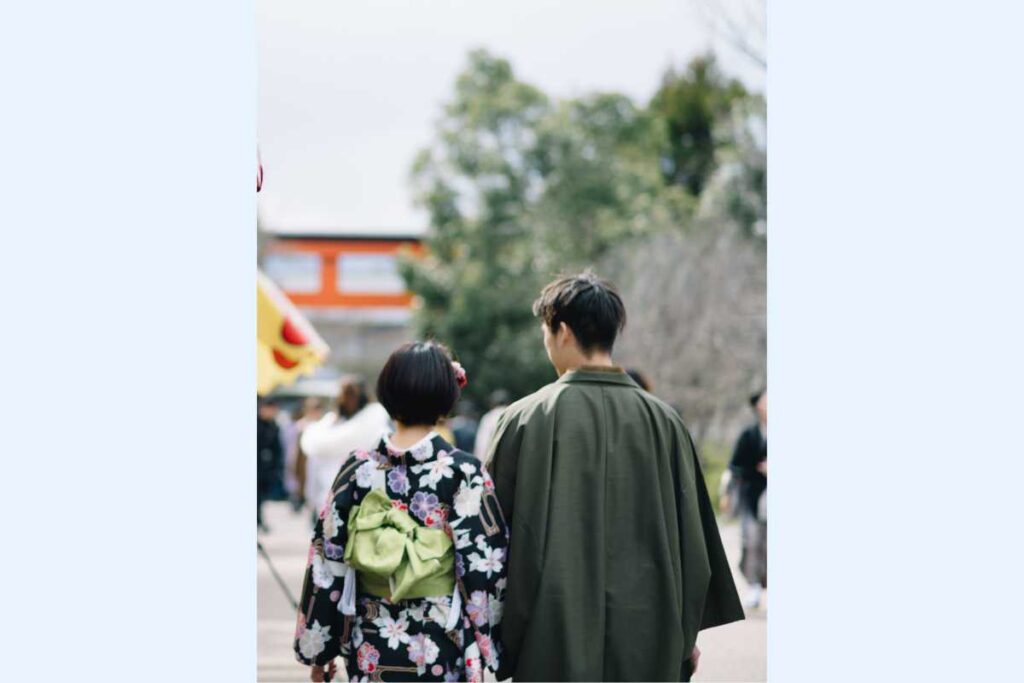
Kyoto is the most popular destination for kimono rental. With traditional areas like Gion, Kiyomizu-dera, and Arashiyama, it offers a perfect match for the elegant look of kimono. The streets, temples, and seasonal landscapes create a magical backdrop for walking and photography.
Tokyo’s Asakusa area is another favorite. Here, you can stroll through old-style shopping streets and visit historic temples like Senso-ji in traditional dress.
Other recommended spots include Kamakura, Kanazawa, Nikko, and Nara—all known for historical scenery and calm walking routes that suit kimono outings.
How Kimono Rental Works
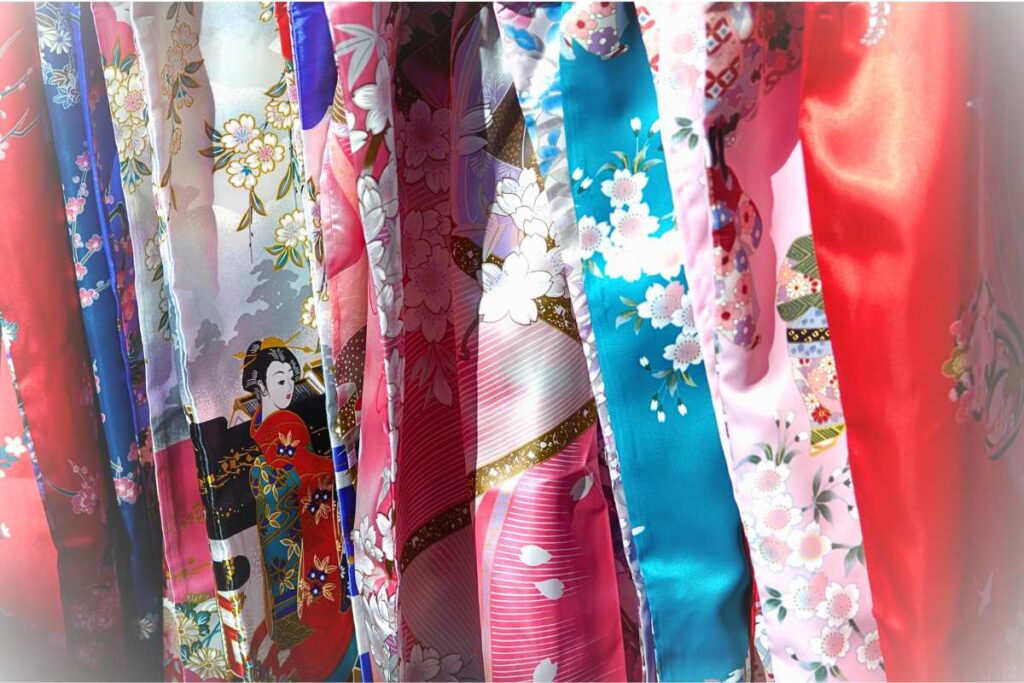
Most shops allow reservations online and provide English support. On the day of your rental, you’ll choose your kimono and accessories, and staff will dress you properly. Hairstyling is available at many locations as an option.
・Arrive with time to spare—dressing and hairstyling usually takes 45–70 minutes
・Wear a simple T-shirt or thermal shirt and leggings to make changing easier
・Use the restroom before getting dressed
・Shops often provide luggage storage, so come with light baggage
・Once dressed, you’re ready to explore nearby attractions right away
How to Choose a Kimono Rental Shop
Choosing the right rental shop can make a big difference in your overall experience. Here are some important points to consider before booking:
・Check for language support.
Shops that offer English or multilingual service make communication easier and more comfortable, especially when asking for styling preferences or special requests.
・Look at the variety of kimono designs and sizes.
Some shops offer modern patterns, antique styles, or colorful prints that suit different tastes. If you need a larger size or a specific look, check the shop’s range in advance.
・Make sure prices and plan details are clearly explained.
Look for rental packages that include the kimono, obi belt, accessories, sandals, and optional hairstyling. Avoid shops that don’t list prices upfront or add hidden fees later.
・Choose a shop near the area you plan to explore.
Wearing a kimono for long distances on public transport can be exhausting. It’s best to rent close to sightseeing spots to save time and avoid stress when returning the kimono.
・Look for full-service options.
Some shops offer “come empty-handed” packages that include everything — dressing, hairstyling, bags, and even umbrellas. These make the experience smoother, especially for first-timers.
・Check reservation and cancellation policies.
Online booking systems and flexible cancellation options are especially helpful for travelers managing busy itineraries or unpredictable weather.
・Read reviews from other travelers.
Reviews can tell you a lot about customer service, cleanliness, and the overall vibe. Shops that welcome many foreign guests are often more prepared for your needs.
・Confirm return time and late fees.
Ask when the kimono must be returned and whether there’s an extra charge for late returns. Some shops allow next-day returns or flexible time slots.
・Understand the damage policy.
Accidents happen. It’s a good idea to ask whether damage insurance is available and what the shop expects if something gets stained or torn.
・Pack light.
Kimono purses are small, and walking in traditional attire with large bags is inconvenient. Bring only what you need, and use the shop’s luggage storage service if available.
What to Expect When Wearing a Kimono
Wearing a kimono feels a little different from regular clothes—but that’s part of the charm. It may take a few minutes to get used to, but with a few small tips, you’ll feel much more comfortable and confident throughout the day.
・Take smaller steps to avoid tripping or loosening the hem
・Use one hand to hold up the sleeves when eating, walking, or using the restroom
・Hold the hem gently when climbing stairs or walking on slopes
・Sit lightly when using a taxi or bench to avoid crushing the obi
・Kimono restricts movement slightly, so plan a slow-paced route
How to Use the Restroom in a Kimono
Going to the restroom while wearing a kimono can feel a little tricky at first, but with a simple method, it’s nothing to worry about.
Tips for Each Season
What you wear under your kimono—and how you prepare for the weather—can make a big difference in your comfort. Japan has four distinct seasons, and depending on when and where you rent, the experience can feel very different.
Spring and autumn are popular times for kimono, especially in places like Kyoto with cherry blossoms or fall leaves. But be prepared: temperatures can change a lot between morning and evening.
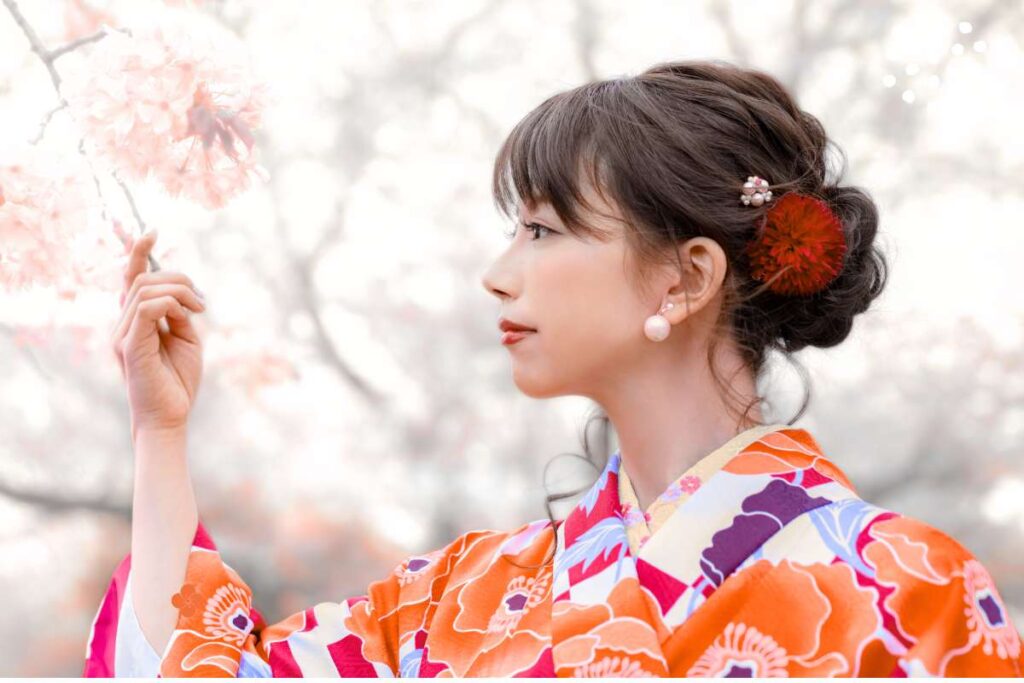
・Layer with warm innerwear or a light shawl
・Choose an unlined kimono (hitoe) for mild days
・Expect large crowds during seasonal festivals, which can make it feel warmer than it is
In summer, the heat and humidity across Japan can be intense—especially in cities with little breeze or lots of pavement.
・Go for a yukata or lightweight kimono made of breathable fabric
・Carry a fan, cold towel, or parasol
・Stay hydrated and take breaks indoors or in the shade
Winter can be surprisingly cold in many parts of Japan, with dry air and low humidity. Temples and old towns may look magical under snow, but your kimono won’t keep you warm on its own.
・Wear heat-tech tops and warm leggings underneath
・Ask for a lined kimono (awase) and consider layering with a haori (kimono jacket)
・Keep your neck and hands warm with a scarf and gloves
Common Questions from Foreign Visitors
- Is it okay for foreigners to wear kimono?
-
Yes. Most Japanese people are happy to see foreigners enjoy the culture. Just wear it with respect, and you’ll be warmly welcomed.
- Do I have to wear sandals?
-
No. While traditional footwear is offered, many travelers now wear sneakers or boots for comfort. Choose what lets you walk easily.
- What if I feel too tight around the stomach?
-
You can gently insert your fingers above the obi and pull forward to loosen it slightly. Let the staff know if you need adjustments.
- What if my kimono comes loose?
-
Don’t panic. Visit your rental shop or ask someone nearby wearing kimono—many people are kind and will gladly help.
- What should I do if I need help in English?
-
Many major shops in Kyoto and Tokyo have English-speaking staff. Check their website for language support before booking.
Be Mindful While Exploring
Wearing a kimono makes you feel elegant, but it also changes the way you move.
The fabric, layers, and wide sleeves mean you’ll need to adjust your pace and be a little more mindful than usual.
Here are some simple tips to help you move comfortably and confidently throughout your day.
・Take smaller steps than usual—this helps keep the hem in place and prevents tripping
・Hold the front of the hem slightly when going up stairs or stepping over curbs
・Use one hand to gently hold your sleeve when eating, taking photos, or walking through crowds
・When sitting down in a taxi or on a bench, lower yourself slowly to avoid wrinkling the obi
・In crowded places like temples or buses, try to move calmly and give yourself a little more space
Do Japanese People Still Wear Kimono?
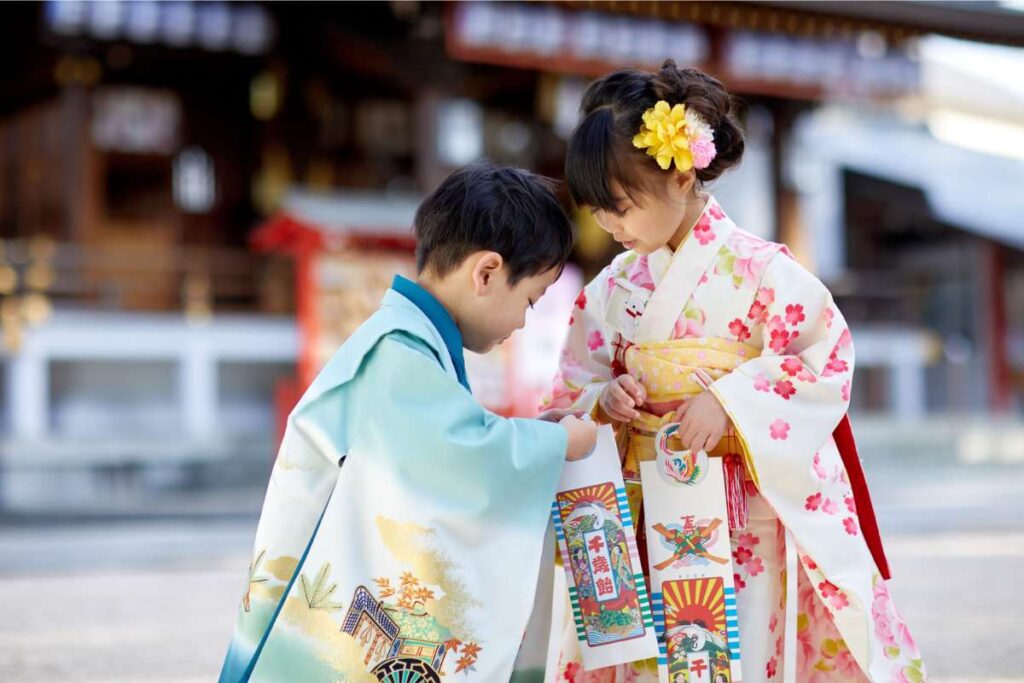
Many visitors wonder if Japanese people regularly wear kimono in everyday life. The short answer is: not really.
While kimono is a symbol of Japanese tradition, most people today wear Western-style clothing on a daily basis. According to a recent survey, about 55% of people say they’ve worn a kimono at least once since childhood—but nearly 35% of those say it was only once. For most Japanese people, kimono is something to wear only on special occasions.
・Children often wear kimono during Shichi-Go-San, a celebration at ages 3, 5, and 7
・Young adults wear it for their Coming-of-Age Ceremony at 20
・Women may wear it at weddings or graduation ceremonies
・In summer, yukata (a lighter version of kimono) is worn during festivals and fireworks events
Outside of these events, it’s rare to see people wearing kimono in daily life. However, renting a kimono has become a popular way for both locals and tourists to enjoy the experience casually—especially in historical cities like Kyoto.
So while kimono is an important part of Japanese culture, it’s no longer a part of most people’s everyday wardrobes. Today, it’s worn mainly for formal events or as a fun way to connect with tradition during special outings.
Final Thoughts
Kimono rental is not only about tradition—it’s about joy, connection, and creating lasting memories. Even if you don’t know all the meanings behind the patterns, you can still feel something special when wearing it.
Take your time
Walk slowly
Smile often
And let the spirit of Japan move through you
Your kimono day may only last a few hours, but the feeling will stay with you forever.
